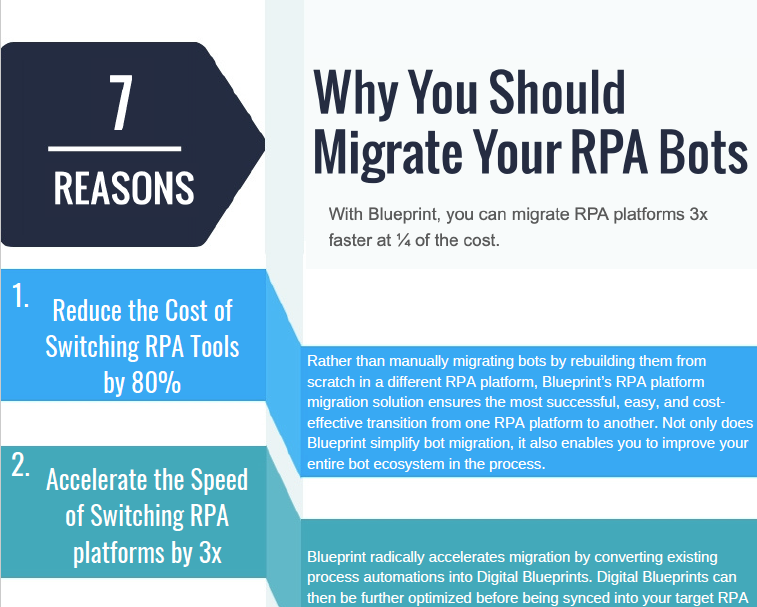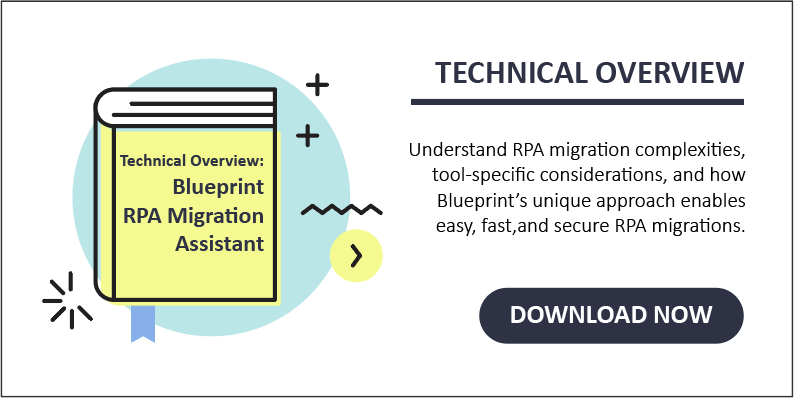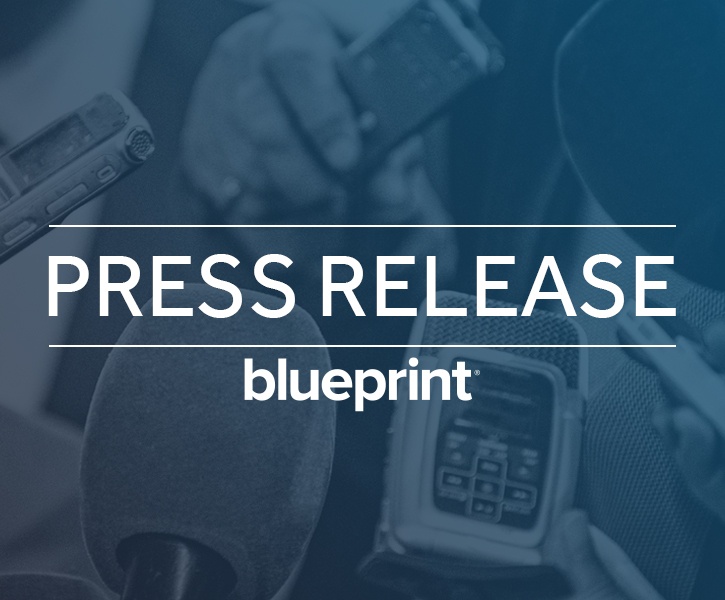The 4 Risks of a Multi-Platform RPA Strategy & How to Avoid Them
There are several reasons why organizations might be using multiple RPA (robotic process automation) platforms for their automation efforts. Recently we wrote about how a multi-platform RPA strategy might be a good fit in specific cases.
Even though using multiple RPA vendors has its benefits, it doesn’t come without its risks. Those same inherent risks are driving a lot of RPA platform migrations for those looking to consolidate their automation portfolios in one tool.
If your RPA program’s running on multiple automation execution tools, here are 4 risks of a multi-platform RPA strategy that might make you consider consolidating them into one.
1. Higher Costs
The most significant risk of a multi-vendor RPA strategy – and the one that hurts the most – is how it can inflate the total cost of ownership for automation.
While pricing models for automation are becoming a bit more varied – with consumption-based models being introduced – the majority are license-based. This means that with each additional RPA tool, you’re doubling or tripling down on licensing fees.
Beyond the cost, there are also contract lengths to consider. Locking yourself into a two- or three-year deal with an RPA provider only furthers vendor-lock in, which can be particularly frustrating when your expectations and the goods you’ve been sold don’t match up with reality.
Reducing RPA’s total cost of ownership by consolidating all automations in one RPA platform is one of the biggest motivators for RPA platform migrations that we’re seeing.
2. Disparate Automation Practices
RPA platforms specify process automations differently. Using multiple RPA tools to build automations means you have to follow different practices and methods across each tool.
Siloed, independent methods for developing, deploying, and orchestrating automated processes naturally impacts quality and standardization, which will make governing your entire automation efforts all the more challenging, leading directly into the next point.
3. Governance Challenges
Different methods for specifying process automations leads to standardization challenges unless you’re willing to define multiple sets of standards and best practices that your automation team can follow, depending on which tool they’re on. While necessary and undoubtedly beneficial, multiplying that effort seems redundant and inefficient.
Perhaps the biggest challenge of a multi-platform RPA strategy where governance is concerned is in the lack of centralized, end-to-end oversight and visibility that it proposes. Multiple RPA tools mean multiple places where automation practices need to be managed, monitored, tracked, and reported, which again amplifies the effort required and calls effectiveness and quality into question.
4. Difficult RPA Change Management
RPA change management is already a challenging operation under the best of circumstances.
Most change management practices are reactive, which drains business value delivered as automated processes need to be pulled out of production, investigated, corrected, tested, and re-deployed.
Doing that in one RPA platform is hard enough, let alone in multiple tools, which only complicates change management and prolongs diminishing business value.
Clearly, there are inherent risks to running a multi-platform RPA strategy, but that doesn’t mean you have to suffer them. There are solutions available that can remove these risks while improving your entire RPA ecosystem, and Blueprint’s Enterprise Automation Suite is the best-in-class of those tools.
Blueprint provides a centralized location to consolidate, design, manage, and govern all of your automations, regardless of the number of RPA tools you use. In Blueprint, a digital twin of your automation resides with detailed versioning where all your automation stakeholders can converge to design, optimize, and manage process automations throughout their entire lifecycles for holistic standardization and governance.
Blueprint also enables proactive change management. Whenever an impending change is detected, you can run an impact analysis to see which automated processes and even process steps will be affected. You can then coordinate the proactive actions necessary to radically minimize downtime and business value lost, all within one platform.
If you’ve realized that a multi-platform RPA strategy isn’t for you and want to consolidate your automation ecosystem into one RPA tool, we can help with that too. Blueprint provides an end-to-end RPA platform migration solution that accelerates switching RPA vendors by 3x and reduces the manual cost of migrating by 75%.
Want to learn more about our RPA platform migration solution? Download the Blueprint RPA Migration Technical Overview or talk to one of our solutions experts for a free estimate on any migration between the leading providers that you’re interested in.
Share this
Recent Stories

INFOGRAPHIC: 7 Reasons Why You Should Migrate RPA Platforms with Blueprint

The Benefits of Consolidating Your Automations in One Place



